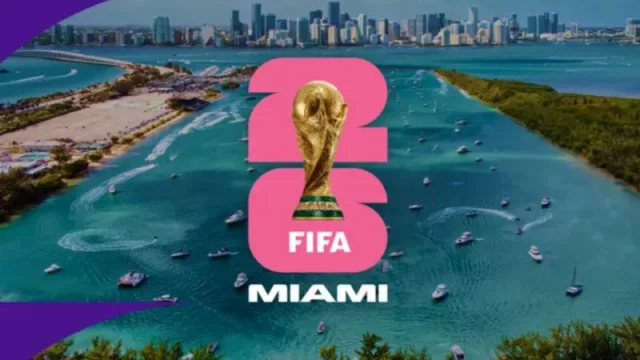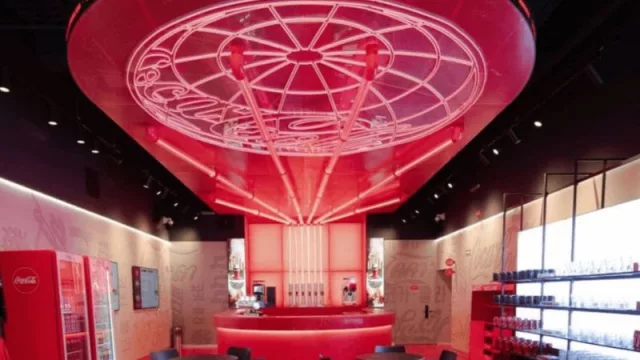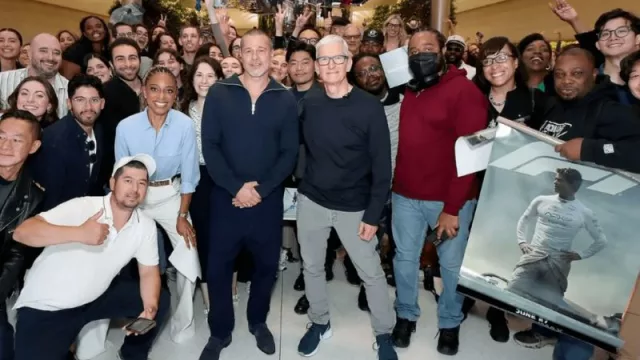One of the most famous Peruvian dishes is ceviche, a dish that originated in Peru and has since become a popular dish around the world. Ceviche is made by marinating raw fish in lime juice and mixed with onions, chili peppers, and cilantro. Another popular dish is causa, a potato-based dish stuffed with a variety of ingredients, such as chicken, seafood, or vegetables. Lomo saltado, a stir-fried beef dish with onions, tomatoes, and French fries, is also a staple in many Peruvian households and restaurants.
Although Dubai has now received the current World Cruise Awards, in 2021 it was Peru, but this country really enjoys a unique culinary culture that is a school throughout the world and is the product of the fusion of many cultures.
Peruvian cuisine has been influenced by various cultures throughout history. The indigenous peoples of Peru used a variety of ingredients, such as quinoa, potatoes, and corn, in their cuisine. With the arrival of Spanish conquerors, new ingredients such as garlic, onions, and olive oil were introduced. African slaves brought with them new flavors and techniques, such as frying and seasoning with cumin and achiote. Chinese and Japanese immigrants also had an impact on Peruvian cuisine, with their introduction of soy sauce and stir-frying techniques.
Peru's food culture has also been shaped by its diverse geography. The Pacific Ocean, the Andes Mountains, and the Amazon Rainforest provide a wide range of ingredients and flavors. Lima, the capital city, is known as the gastronomical capital of Latin America, with numerous restaurants and chefs gaining international recognition. One of the most famous chefs in Peru is Gastón Acurio, who has helped to elevate Peruvian cuisine to the global stage with his restaurants and cooking shows.
Peru's diverse cuisine has also been recognized by the world-renowned culinary organization, the Michelin Guide. In 2018, the Michelin Guide expanded to include Peru, with several Peruvian restaurants receiving Michelin stars. One of the most notable restaurants is Central, which focuses on using indigenous ingredients and has been ranked as one of the best restaurants in the world.
In addition to its famous dishes and chefs, Peru is also home to many local markets and food festivals, where visitors can experience the country's food culture firsthand. The Mistura food festival, held annually in Lima, is one of the largest food festivals in the Americas, attracting thousands of visitors each year. Local markets, such as the Mercado de Surquillo in Lima, offer a variety of fresh produce, meats, and seafood, as well as street food and snacks.
Overall, Peru's cuisine has gained worldwide recognition for its diversity, unique flavors, and cultural significance. From its famous ceviche to lesser-known dishes like rocoto relleno, Peru's food culture offers something for everyone. With its rich history and diverse geography, Peru has become a culinary school for the Americas and a must-visit destination for foodies around the world.
Peru is renowned for its diverse and flavorful cuisine, with a range of dishes that showcase the country's unique fusion of indigenous, European, African, and Asian influences. Here are some of the delicious dishes that you can't miss when exploring Peruvian cuisine:
-
Ceviche: This iconic dish is made with fresh raw fish that is marinated in lime juice and served with onions, chili peppers, and cilantro. It's typically served with sweet potato, corn, and lettuce.
-
Lomo Saltado: This stir-fry dish features tender strips of beef that are cooked with onions, tomatoes, and French fries, and served over rice.
-
Ají de Gallina: This creamy chicken stew is made with shredded chicken, bread, milk, cheese, and aji amarillo, a spicy yellow pepper that gives the dish its distinctive flavor.
-
Causa Limeña: This potato-based dish is stuffed with a variety of fillings, such as chicken, tuna, or avocado, and seasoned with aji amarillo and lime juice.
-
Pachamanca: This traditional Andean dish involves cooking meat, potatoes, and other vegetables in an underground pit, which infuses the food with a smoky flavor.
-
Arroz con Pollo: This classic dish features tender chicken that is cooked with rice, vegetables, and spices, and served with a side of beans or salad.
-
Tallarines a la Huancaína: This pasta dish features spaghetti noodles that are tossed with a creamy sauce made from aji amarillo, cheese, and evaporated milk.
-
Aguadito: This hearty soup is made with chicken, rice, cilantro, and vegetables, and is often served with a side of bread or crackers.
These are just a few of the many delicious dishes that make up the rich tapestry of Peruvian cuisine. Whether you're a foodie looking for new flavors to explore, or simply curious about the culinary traditions of this vibrant country, Peru is sure to satisfy your taste buds and leave you with a newfound appreciation for the art of cooking.












Tu opinión enriquece este artículo: